| By Kelly Beins, OTR/L |
As healing professionals, it’s important to ensure the evolution of our therapeutic approach to meet the changing needs of our clients.
This year’s STAR Institute Sensory Symposium provided occupational therapy practitioners (OTP) with this opportunity for growth among peers. As the premier event for professionals working to support the sensory processing needs of children, adults and families, providers from across North America and beyond landed in Denver, Colorado, in October to hear from key leaders in this field. Among the experts was keynote speaker Tracy Stackhouse, MA, OTR, who is an experienced OTP, Safe and Sound Protocol (SSP) provider and co-author of Unyte’s new Combined Delivery Guidelines for the SSP and Occupational Therapy/Sensory Integrative Processing (OT/SIP).
Many lessons were shared in sessions that informed not only our understanding of the evolution of Ayres Sensory Integration© (ASI), but also how we define and understand regulation, and how we can think about the SSP and the Integrated Listening System (ILS, formerly known as the Focus System) as essential parts of an integrative and effective practice.
Unyte was excited to learn alongside this dedicated provider community. If you were unable to attend, here’s our overview of what OTPs and SIP practitioners can take away from this event.
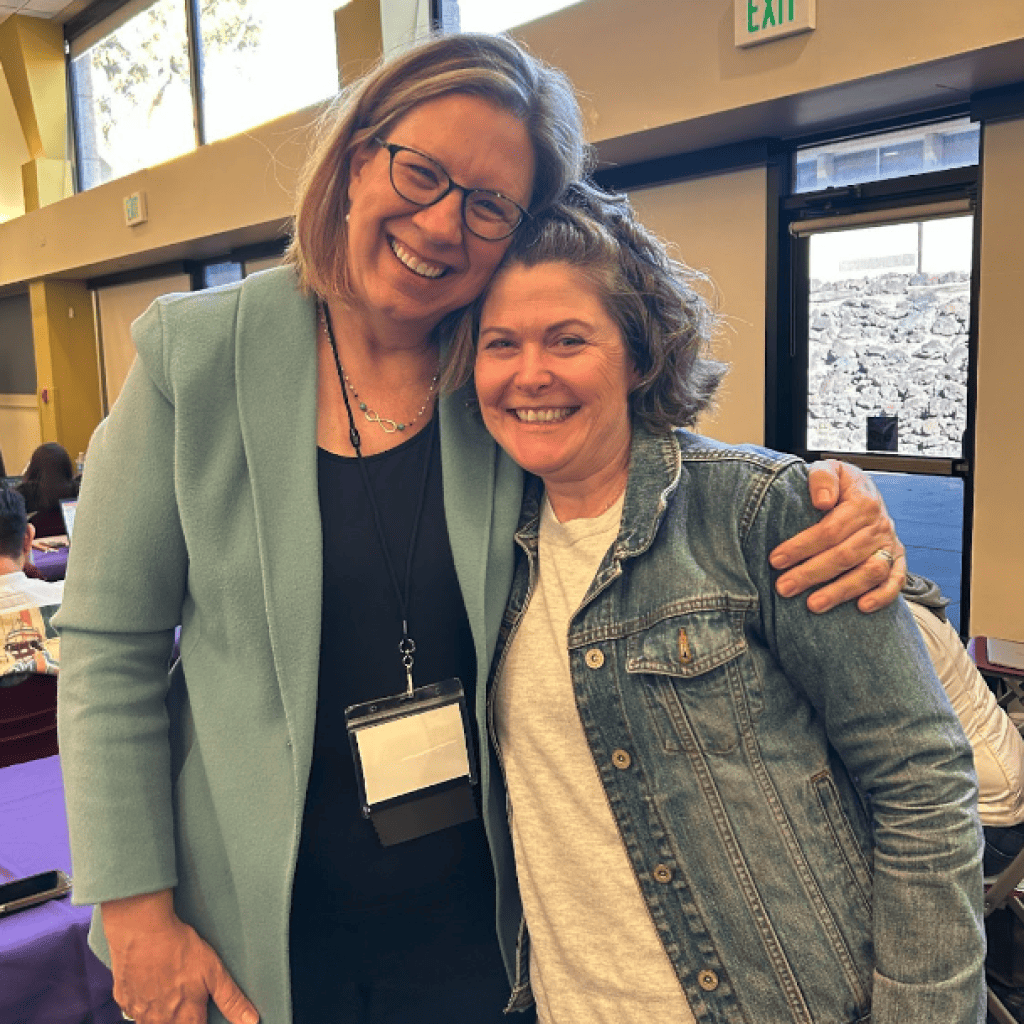
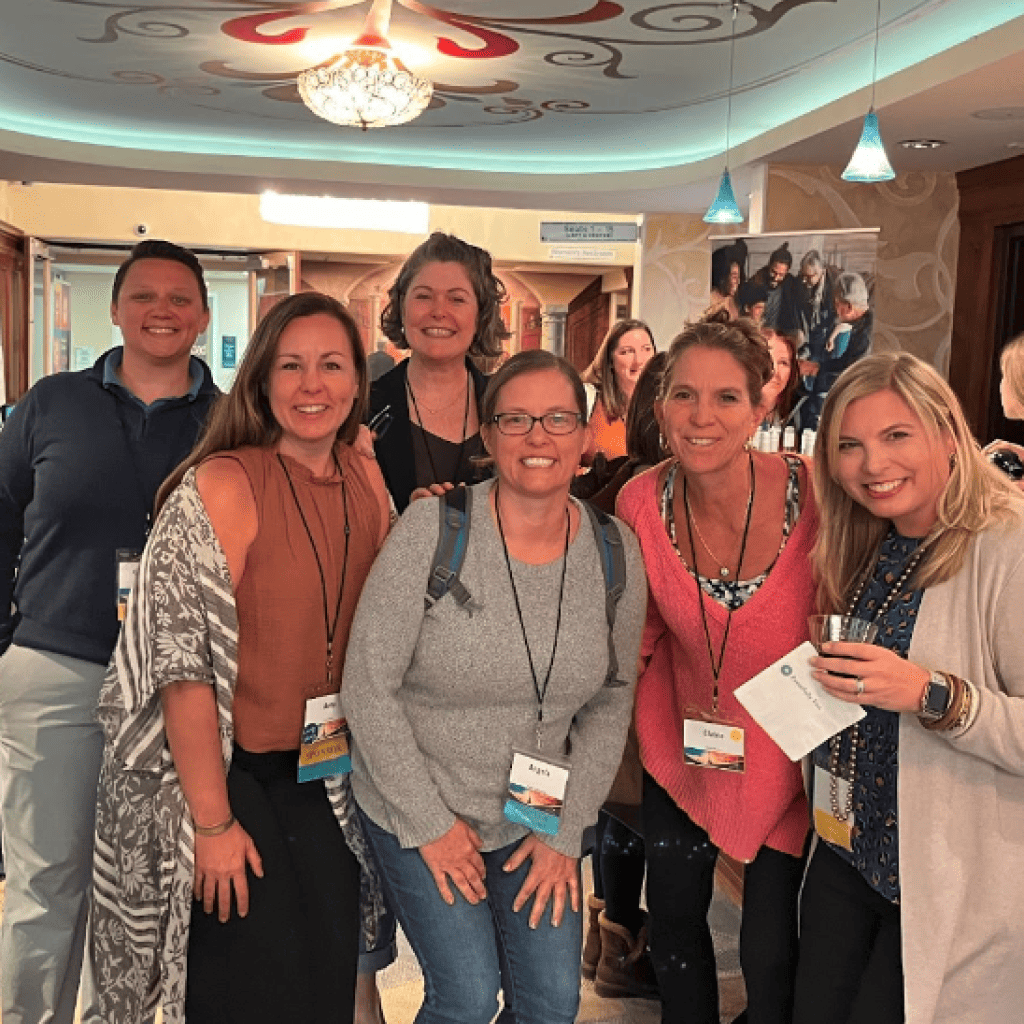
Precision healthcare and Ayres Sensory Integration©: Applying technology and app-based programs in therapy
“We are here to recalibrate our compass and to find our true north,” said Virginia Spielmann, executive director of the STAR Institute, setting the theme for the event: change and new directions. Asserting the need for “precision healthcare,” including the use of technology and app-based programs to support clients and monitor client outcomes, her explanation of “precision sensory integration (SI)” emphasized elements such as:
- A transformative approach that unlocks the potential within each individual.
- A journey of discovery: therapists and clients working together to understand and harness sensory health, moving beyond surviving to thriving.
- Tailoring interventions to each person’s unique sensory experiences.
- Empowering individuals to navigate their world with newfound confidence and capability.
- A pathway to a more engaged, fulfilling life. (Spielman, 2023)
As a Unyte provider, it’s exciting to know that the SSP and the ILS can be leveraged to meet these needs. Both of these evidence-based programs are app-based, allow for direct monitoring of home programs, and engage clients in the same therapeutic process described above. The elements outlined by Dr. Spielmann were also considered in the development of the Combined Delivery Guidelines for the SSP and OT/SIP.
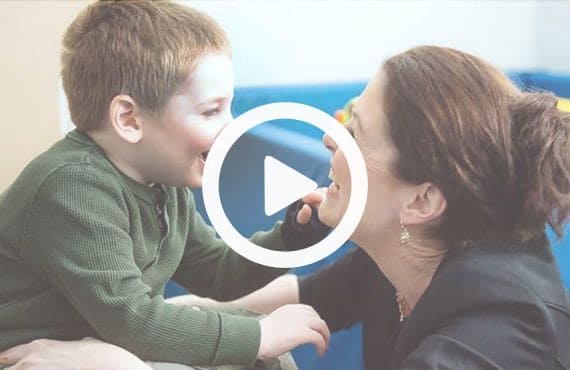
On-Demand Webinar: An Exploration of the SSP and Occupational Therapy/Sensory Integrative Processing (OT/SIP) Combined Delivery Guidelines
In this free webinar, an expert panel of occupational therapists help inform and guide viewers through their approach to SSP delivery for clients with sensory integrative processing (SIP) differences.
Consistent with Dr. Stephen Porges’ Polyvagal Theory, Dr. Spielmann reminded the world, “We can’t silo out sensory integration from emotional well-being,” positioning the SSP and the ILS as ideal programs to be used alongside an OT/SIP practice.
Considering the caregiver’s role in co-regulation and development
Grace Baranek, Ph.D., OTR/L, FAOTA, from the University of Southern California, spoke about her Optimal Band of Engagement Model of Sensory Processing (Baranek et al., 2001; Baranek, 2023), and emphasized two points that in our interpretation make the SSP especially relevant to OT/SIP practice:
- Caregivers mediate capacity to modulate.
- Engagement is pivotal to development.
Why is this relevant to Unyte programs? The SSP can also be used to help build caregiver capacity for co-regulation, and supports building a relational platform for future development.
Developmental capacity relies on the integration of many neural networks.
Sharon Cermak, Ed.D., OTR/L, FAOTA, and Tracy Stackhouse, MA, OTR, executive director of Developmental FX (DFX), both spoke about integrated neural networks and developmental capacities versus isolated sensory systems (Cermak, 2023; Stackhouse, 2023), validating the need for tools that support bottom-up and top-down (integrative) processing — again, demonstrating the relevance of the SSP and the ILS.
Dr. Cermak spoke specifically about movement, stating, “Movement is integrative” (Cermak, 2023). For providers, this was a reminder that just because a child “can’t sit still” doesn’t mean they aren’t a candidate for the SSP, and perhaps increasing movement may be more effective for those clients struggling to listen for more than a few minutes at a time.
It was also a reminder of the value of the ILS, given its emphasis on movement activities alongside bone conduction, which may be why so many children I’ve worked with became more regulated after using the ILS to support the development of motor skills.
Dr. Cermak explained that because of neural networks and brain integration, “small changes in one domain can have far-reaching impact in other domains” (Cermak, 2023), which piques curiosity into the foundational role the SSP could play for children with other neurological conditions beyond differences in sensory integrative processing or beyond neurodevelopmental differences like autism.
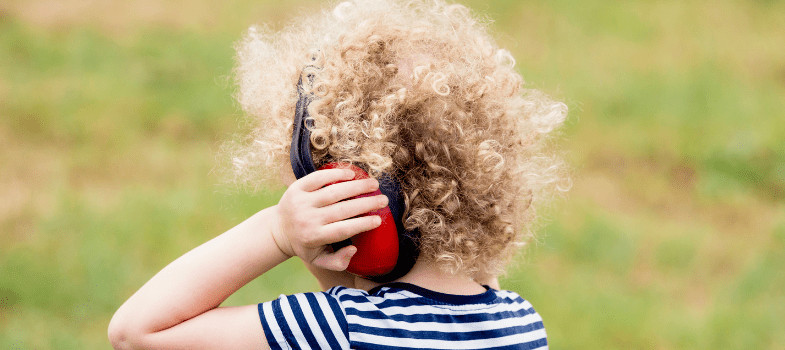
Continue reading: Neuromodulation using computer-altered music to treat 10-year-old unresponsive to standard interventions for FND
Published in the Harvard Review of Psychiatry and co-authored by Dr. Stephen Porges and an expert medical and research team, this case study provides insight into the mechanism and impact of the SSP, specifically on a 10-year-old with FND who saw significant improvements from the SSP.
Evidence-based practice requires reasoning through qualitative data obtained from clients.
The session led by Tracy Stackhouse was a highlight of the symposium. Her encouragement to “follow the child’s need, not their lead,” was permission and encouragement to use more than standardized test data and randomized controlled trials to make our decisions. This perspective was shared by Melissa Park, MAOT, Ph.D., from McGill University, who encouraged participants to put more emphasis on what happens during sessions and not only as a result of sessions, focusing on the process, not only the outcomes.
With Dr. Park’s suggestion that we “move from matters of fact to matters of concern” and figure out how to help clients become their favorite selves (Park, 2023), we’re reminded of the essence of OT and why Polyvagal Theory (Porges, 2022; Porges & Dana, 2018) and the SSP have been so valuable: they offer a means to help clients access and share this favorite self.
Next steps for sensory integration-based OT practice (OT/SIP)
Gustavo Reinoso, Ph.D., OTR/L, described the changing practice of ASI© globally, citing research that showed a trend toward combining ASI© with other modalities and treatment approaches. This news reinforced how some SSP providers (including myself) have practiced for years, which was especially timely with the recently published Combined Delivery Guidelines for the SSP and OT/SIP. Using the SSP alongside OT/SIP not only follows this “trend,” but is validated by a growing body of research and knowledge base within OT.
Quoting A. Jean Ayres, Tracy Stackhouse shared, “Truth, like infinity, is to be forever approached but never reached” (Ayres, 1972, p.4), shortly after Dr. Spielmann unexpectedly announced that the SPD nosology (a classification system of sensory processing subcategories) will soon be retired by STAR. The announcement came as a surprise to most attendees and has a far-reaching impact on the profession of OT. Yet, this quote, and Tracy’s skilled facilitation of an embodied practice using the Kawa model (Iwama, 2006), made the announcement more navigable for many. The symposium showed that we’re forever on a journey with our clients, both as individuals and as professionals, within an evolving yet grounded discipline.
Alongside the evolution of OT/SIP as a discipline, OTPs are well positioned to embrace Polyvagal Theory, the SSP and the ILS. Despite our desire to have all the answers and to prove there’s a “right way” to help a client, our process should always be one of continuous discovery — what it seems A. Jean Ayres had intended.
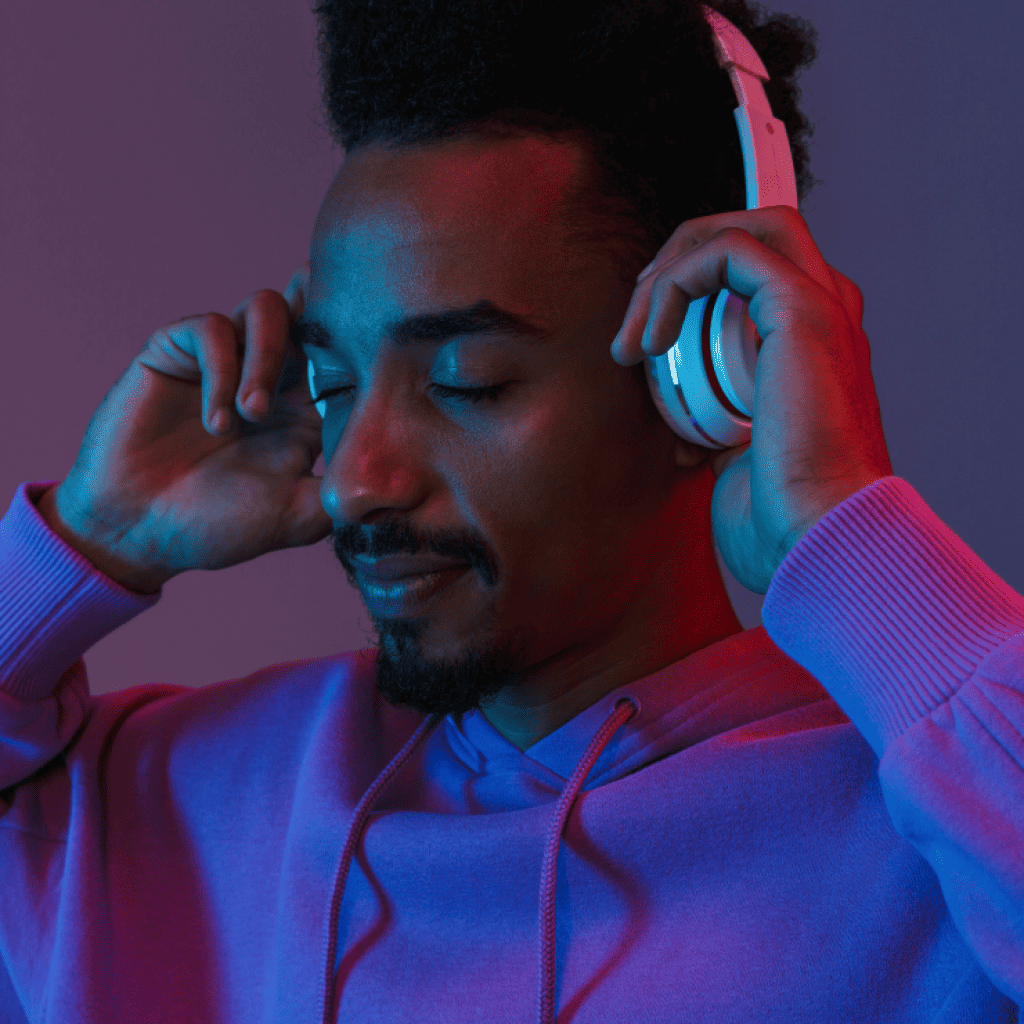
Discover the Safe and Sound Protocol
Created by Dr. Stephen Porges, the Safe and Sound Protocol (SSP) is a powerful listening therapy based on the science of Polyvagal Theory.
References
Ayres, J. A. (1972). “Sensory Integration and Learning Disorders.” Western Psychological Services: Los Angeles, CA.
Baranek, G. (2023, October 6-7). “Conceptualizations Part 4: Optimal Engagement Band Model”. In-person presentation. 2023 STAR Sensory Symposium, Polaris, Finding True North, Denver CO.
Baranek, G. T., Reinhartsen, D. B., & Wannamaker, S. W. (2001). Play: Engaging young children with autism. Autism: A sensorimotor approach to management, 313-351.
Blanche, E.I., Giuffrida, C., Hallway, M., Edwards, B., Test, L.A. Editors. (2022). An Evidence-Based Guide to Combining Interventions with Sensory Integration in Pediatric Practice. Routledge, Taylor Francis.
Cermak, S. (2023, October 6-7). “Praxis & Posture, Integration Through Movement”. In-person presentation. 2023 STAR Sensory Symposium, Polaris, Finding True North, Denver CO.
Iwama, M.K. (2006). Original Kawa Model book – The Kawa Model: Culturally Relevant Occupational Therapy. https://www.kawamodel.com/v1/about/
Park, M. (2023, October 7). “Evidence (Experiential) and Qualitative Research”. 2023 STAR Sensory Symposium, Polaris, Finding True North, Denver CO.
Park, M. (2023, October 7). “Centering Client Perspectives”. 2023 STAR Sensory Symposium, Polaris, Finding True North, Denver CO.
Porges, Stephen W. & Dana, Deb A. (2018). Clinical Applications of the Polyvagal Theory: The Emergence of Polyvagal-Informed Therapies (Norton Series on Interpersonal Neurobiology) 1st Edition. W.W. Norton & Company. NY USA.
Porges, Stephen W. (2022). Polyvagal Theory: A Science of Safety. Front. Integr. Neurosci., 10 May 2022 https://doi.org/10.3389/fnint.2022.871227
Rajabalee, N., Kozlowska, K., Lee, S. Y., Savage, B., Hawkes, C., Siciliano, D., Porges, S. W., Pick, S., & Torbey, S. (2022). Neuromodulation Using Computer-Altered Music to Treat a Ten-Year-Old Child Unresponsive to Standard Interventions for Functional Neurological Disorder. Harvard review of psychiatry, 30(5), 303–316.
Reinoso, G. (2023, October 7). “Capitalizing on Different Conceptualizations in Sensory Integration.” 2023 STAR Sensory Symposium, Polaris, Finding True North, Denver CO.
Spielman, V. (2023, October 6-7). “Precision is…” & “Finding our True North”. Virtual presentations & Keynote. 2023 STAR Sensory Symposium, Polaris, Finding True North, Denver CO.
Stackhouse, T. (2023, October 6). “Conceptualizations Part 3: STEPPSI & SpIRiT”. In-person presentation. 2023 STAR Sensory Symposium, Polaris, Finding True North, Denver CO.
Stackhouse, T. (2023, October 7). “Reflection: Embodied Practice”. 2023 STAR Sensory Symposium, Polaris, Finding True North, Denver CO.



 © 2025 Unyte Health US Inc.
© 2025 Unyte Health US Inc.